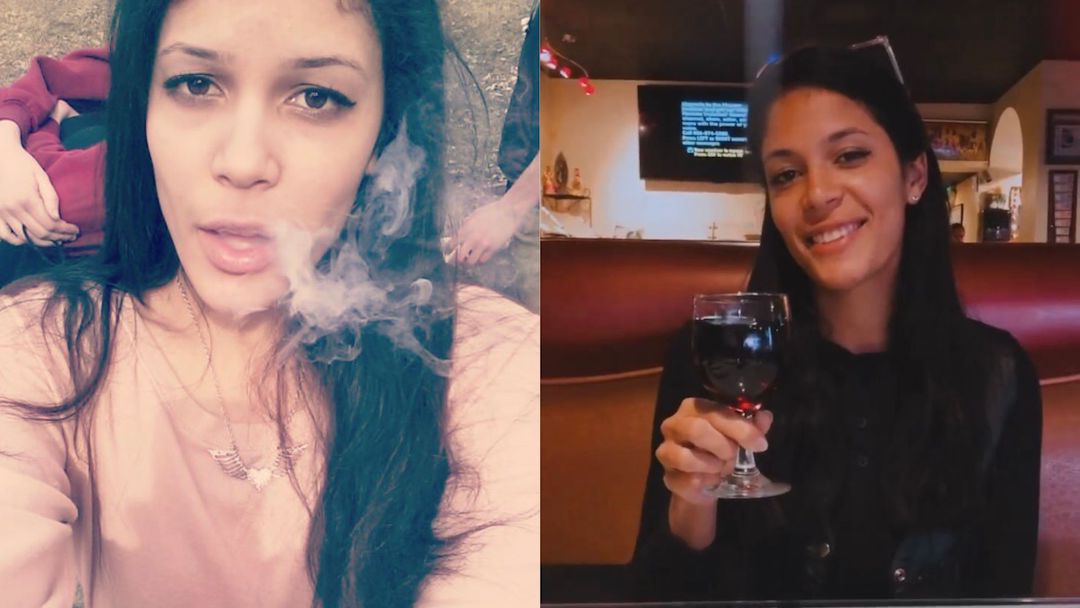Disclaimer: This story contains mentions of drug abuse that may be triggering to some.
“Many people look down on drug addicts. They think they’re nothing but irresponsible, self-indulgent fools who make bad choices. But if that were true, how could an intelligent young woman like me turn out to be one of them? It’s quite simple. Abuse at home, bullying at school, and the anguish of mental illness are the seeds from which addiction grows. So before you pass judgment on me, let me show you my roots.
Life Growing Up
My aunt always told me my mother used to love me. Though she was only 25 when I was born, her military benefits were more than enough to support the two of us. But she chose to marry one of the men she met on deployment: a beefy backwoods jock with piercing green eyes. Some of my relatives believe he ruined her.
My first memory of him is just as grim as all the others. I was a kindergartener, living in the Bible belt state of North Carolina. I had gotten into a fight with another kid at school, and I was sent home early. As usual, my mother wasn’t there, and my stepfather took it upon himself to teach me a lesson.
When we got inside the house, he asked me to remove my pants, and slip off my underwear. Then he bent me over his knee, and beat my 5-year-old body until he was good and tired.
Standing at 6’3″, weighing in at 200 pounds, and having had rigorous Army training, he was a man of considerable strength. And that was the first of many times that he would use it to instill fear in the hearts of his children.
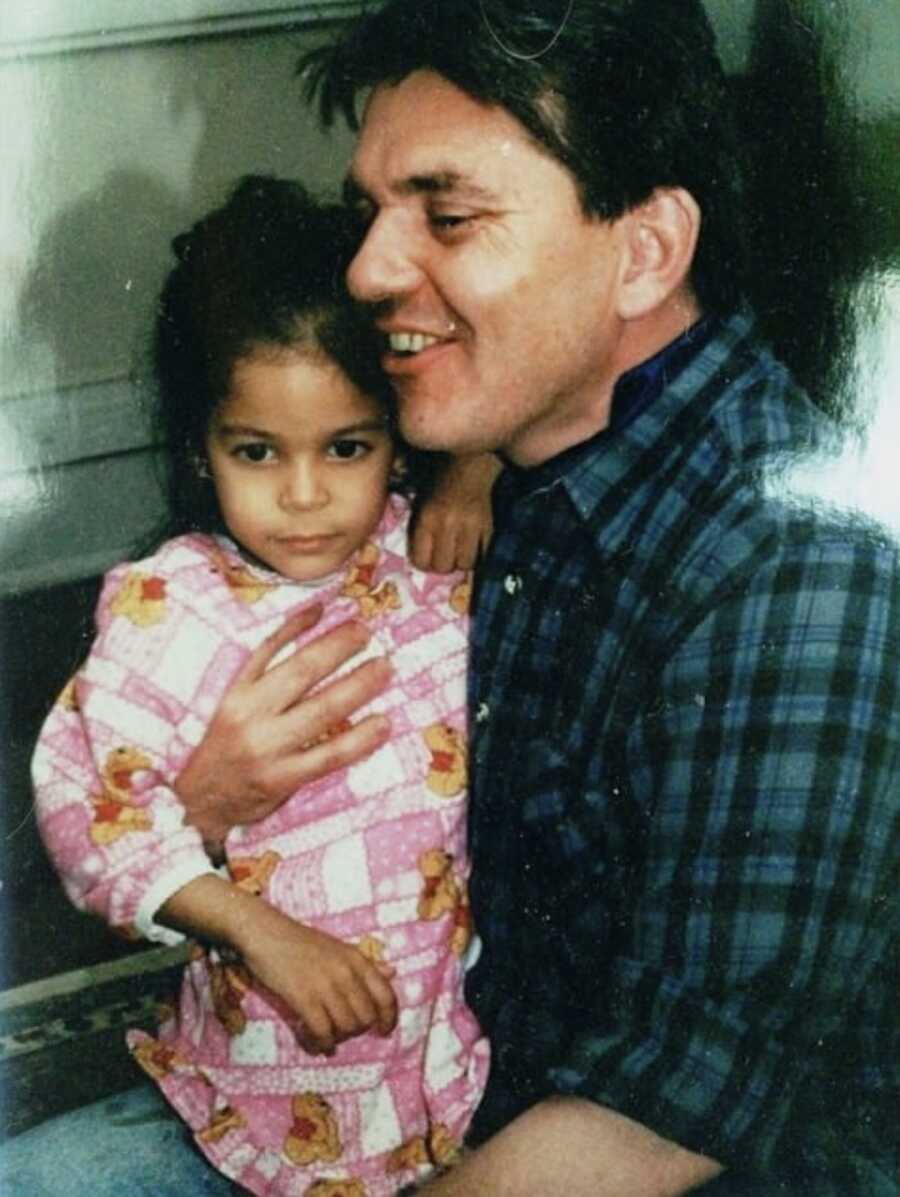
I used to think my mother could save me. I always longed for her company, especially when she was deployed for nine months out of the year. But later I learned her absence was better than her presence.
When I was 15 years old, a friend of mine came over to my house before school. It was snowing heavily in northern New Jersey, and our homeroom classes were delayed for two hours. My friend’s mother couldn’t be late to work, so she dropped her daughter off at my house, hoping my mother would drive the two of us to school.
But my mother was in a bad mood that morning, and she picked a fight with me while we were in my bedroom getting ready for school. She stepped through the doorway, grabbed me by my shirt, and used all of her strength to throw my body into the closet door.
My poor friend had a heart condition called tachycardia, and my mother scared her so badly she fell flat on her back and momentarily lost consciousness. When she came to, she called her mom to pick her up, but the fight between my own mother and I continued.
I ran down to the kitchen to get away from her, but she was right behind me. She pulled a big butcher knife out of the drawer, held it inches from my throat, and told me to get out. So I ran outside in the freezing winter, wearing only a thin layer of clothes and a bathrobe.
I prayed she would calm down after a few minutes. After a while, I quickly grabbed my coat and shoes, and walked a mile down the snow-caked sidewalk to get to school.
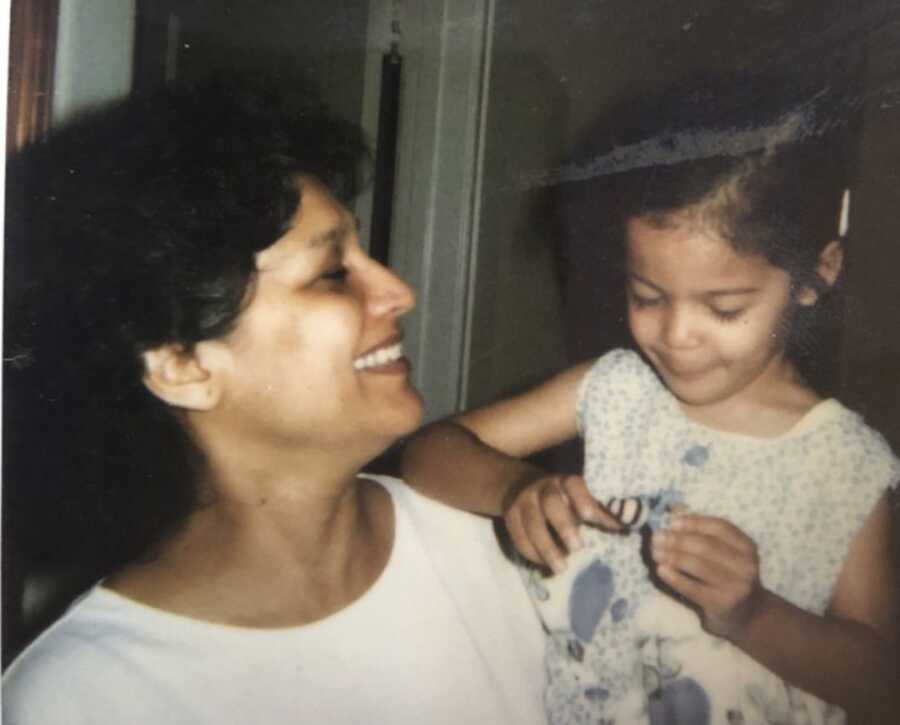
Being at school was a lot like being at home, except for the fact no one could put their hands on me. My teachers and classmates taught me there were plenty of other ways to make a person feel inferior.
Little did I know, I was everybody’s scapegoat. In an article from Psychology Today, author Peg Streep says scapegoats, the common term for individuals who are abused more often than their peers, have three distinct characteristics: rebelliousness, sensitivity, and uniqueness.
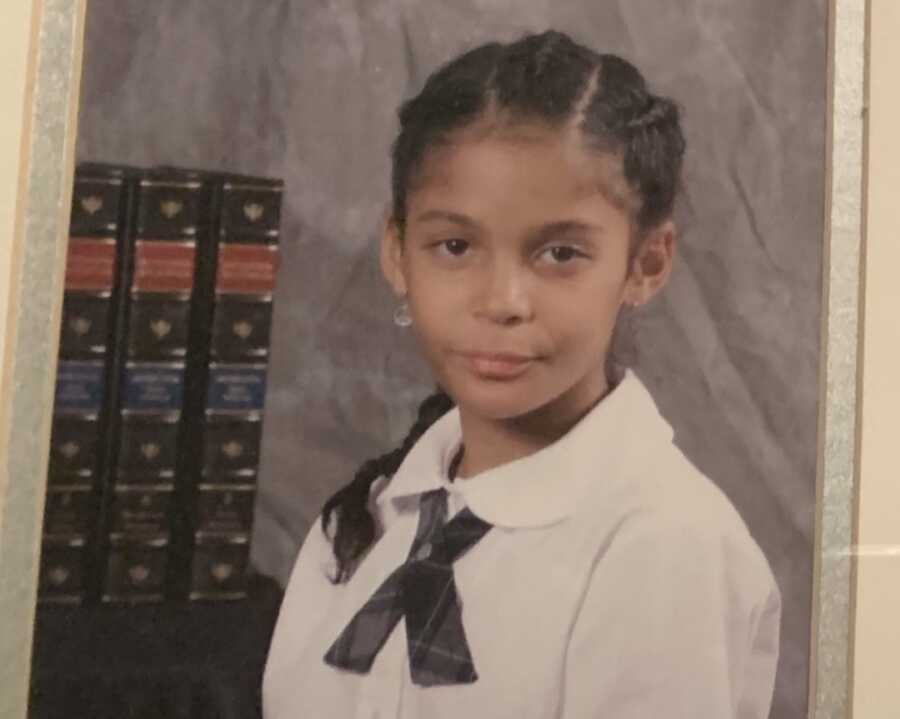
As a child of strict Christian parents, my isolated upbringing never allowed me to develop any social skills. I was not allowed to attend birthday parties, sleepovers, or even visit anyone’s house but my own.
The friendships I did manage to build under these circumstances quickly vanished, as I attended over seven different schools before the age of 12. My demeanor was considered strange and unconventional, because I was poorly socialized.
Nevertheless, I was intelligent enough to attend gifted and honors classes. My innate wisdom allowed me to examine and challenge the hypocrisy of my parents’ and classmates’ behavior, but my natural sensitivity rendered me spineless, and I never stood up to anyone who disrespected me.

My white classmates were disgusted by my brown West Indian skin, which was ridden with patches of severe eczema. They said my coarse black hair was ugly, and my clothes were ghetto. And they mocked my two front teeth, which I had accidentally broken in the third grade.
So I learned I was ugly and strange, and there was no place in this world for me. My only friends were the heroes from my favorite DVD’s. I learned I could hide myself in makeup and a hot flat iron, and as the years went by, I learned to hide myself behind drugs.
Turning To Drugs
I finally moved out of my parents’ house when I was 15, to move in with my grandparents who lived 20 minutes away. Now every day after school, I had three to four hours to myself before my grandmother could leave work to take me home. That gave me the chance to spend time with my new friends, who introduced me to marijuana and Adderall.
Adderall was the answer to my depression, and it helped me get better grades in school. That meant I could get into a good college, which was my chance to escape New Jersey. Marijuana made me seem cool, and let me forget about how much pain I was in. My emotional burdens were too heavy for a child, so drugs would bear the weight for me.
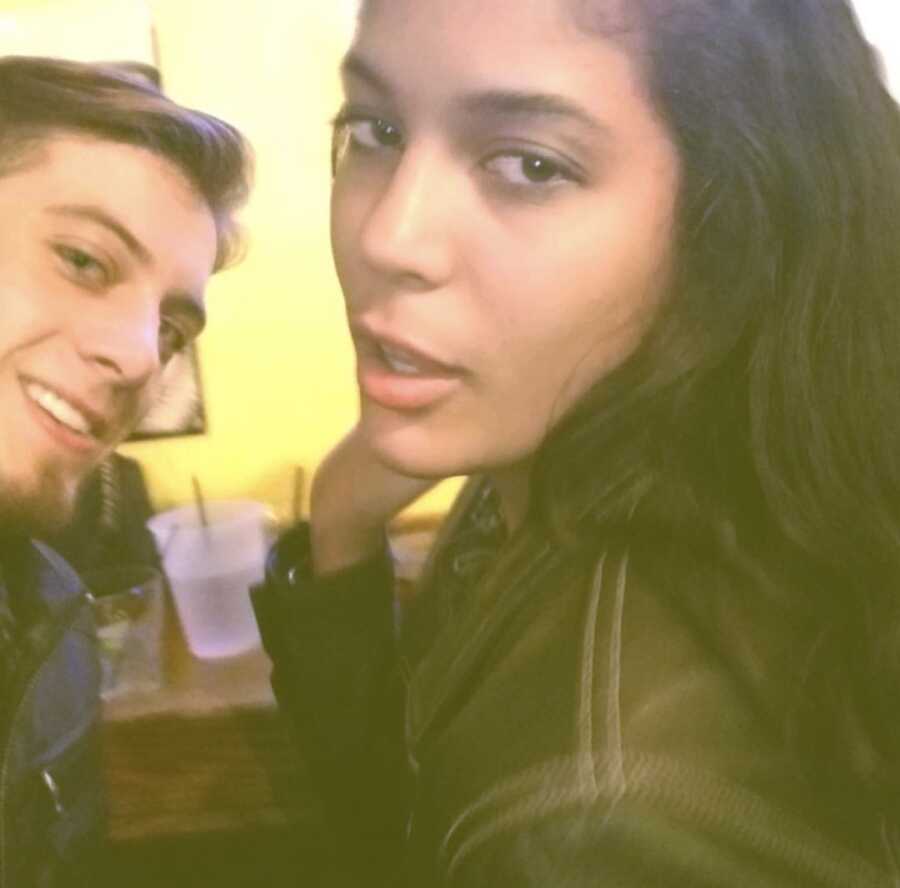
In college, I made new friends by getting high. No one came together without a fifth of vodka or an eighth of weed. And only a few were cool enough to snort cocaine in the bathroom, or lace their drinks with a capsule of ecstasy.
Nobody cared about who you were before you came to the party. And everybody loved you when you were high. If ever I felt sad in the morning, I knew by the nighttime, I would be free.

People often asked me why I looked so sick all of the time. I chalked it up to my IBS, chronic insomnia, and busy schedule. Like my mother, I was too self-righteous to see who I really was.
I was too naïve to realize I couldn’t manage my depression or anxiety without drugs, and that made me an addict. My best friends, who drank every single night, and couldn’t go anywhere without a handful of Xanax, were addicts too.
The Turning Point
My rude awakening came when I was 22 years old. After four months in the drug den that was my best friend’s studio apartment, I moved in with a married couple who were 10 years my senior.
They did not snort cocaine, pop Perococet, or even drink liquor. They were thirty-something professionals who wore expensive clothes, ate good food, and took good care of their home. They revealed the truth of adulthood, in all of its boredom and monotony.
Though being drug-sick was miserable, it was nothing compared to the misery of detoxing. In detox, there were no highs to compliment the lows. There were only lows. Without the help of a medical professional, I was at the mercy of my transitional illness.
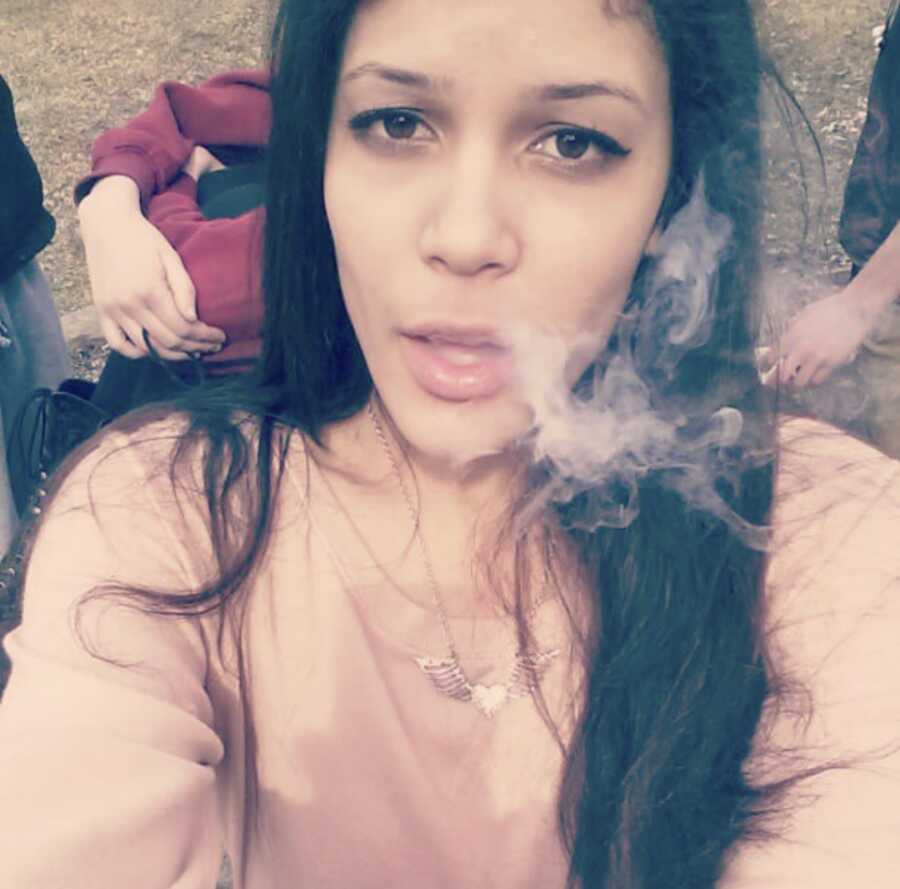
Once upon a time, I was sharp, efficient, and intelligent. But the poison in my young brain turned me into a fool. All of my coworkers hated me, and rightfully so.
I was spacey, forgetful, and even pitiful. I took frequent trips to the bathroom, so I could dry-heave over the toilet bowl. I took multiple breaks to eat or sit down, afraid my persistent dizziness would turn into a fainting spell.
Depression destroyed my physical appearance, and I wore nothing but dirty, baggy clothes. I lacked the energy to do my hair and makeup, and I was sickly pale except for the black circles under my eyes. I was ugly and strange, and there was no place for me.
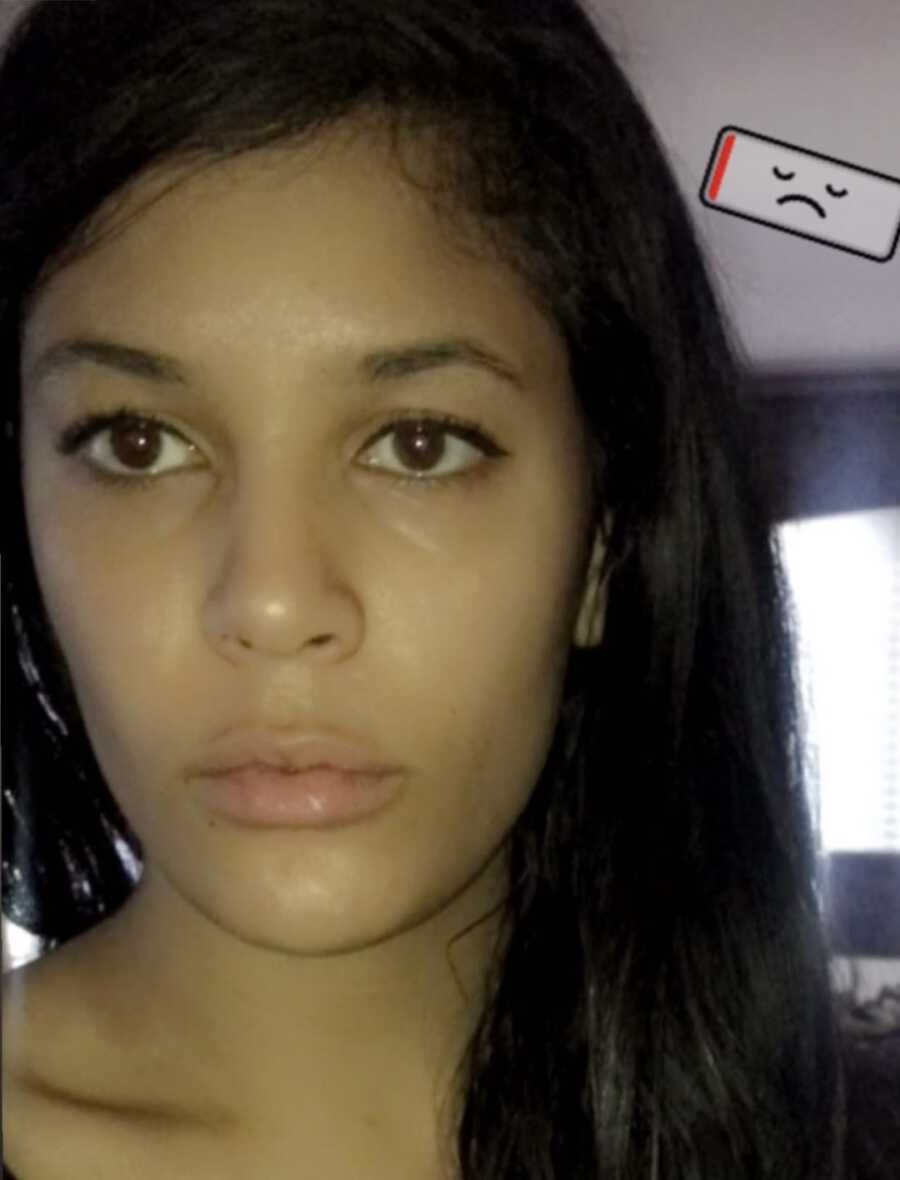
My relief came at the age of 23. After a grueling 10 months in a fine-dining restaurant, I abandoned the industry and put myself in therapy. I was lucky enough to find a therapist whose rates I could afford. It was time to be brave enough to discover who I truly was.
EMDR therapy dissected my low self-esteem, and uncovered the roots of my struggle with addiction. I learned that my parents and classmates were nothing but liars, and I always deserved better than what I got. I was an intelligent, creative, and gentle girl who was unjustly exploited by the people around me.
Life In Recovery
The more I faced myself, the heavier my burden became. No longer shielded by intoxication, my self-awareness became visceral and raw. My once-suppressed memories rose from the deep, and my delusions faded away.
I remembered every insult, every mistake, and every instance of humiliation. So at the age of 26, I searched for another way to lighten my load.
I started a TikTok account to create a safe haven for the mentally ill. In my videos, I discussed the neurological side effects of trauma: such as memory loss, impulsive behavior, and romantic obsession. In just three months, I had amassed almost 53,000 followers, who were all enamored by my honesty and intelligence.
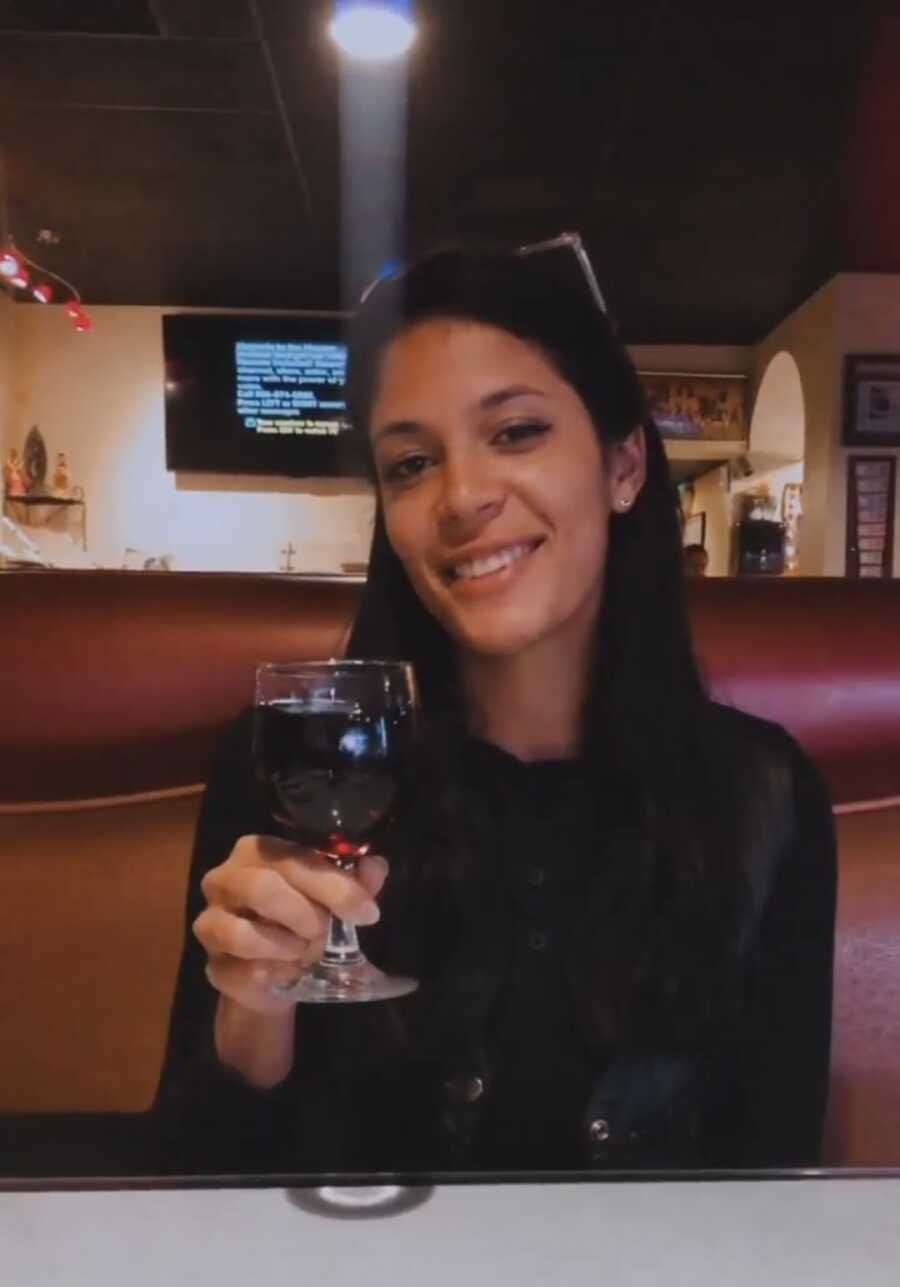
Thousands offered their support, and hundreds shared their stories, which were almost identical to mine. My inner critic was finally subdued, and I realized there is no shame in being hurt. As said by Dr. Nicole LePera, ‘The inner critic started as an external critic: a parent, a bully, or an abusive member of your community or church. That voice was never your own.’
Good self-esteem was simply waiting for me to find it. It was hiding beneath the lies and the abuse and the humiliation. It asked me to find the truth of who I am, and to love all the parts that no one else would. It is my birthright. And my only salvation.”
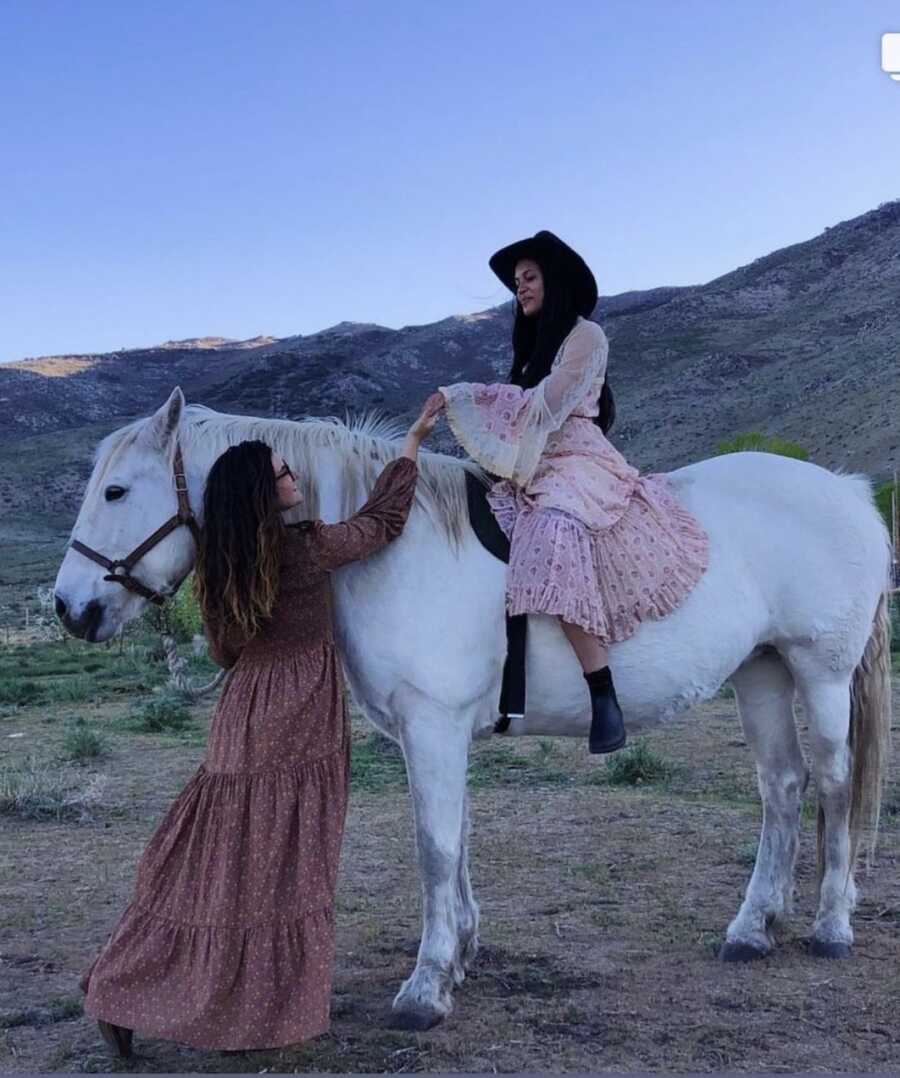
This article was submitted to Love What Matters by Zoe Jenkins of Puget Sound, Washington. You can follow her on TikTok and Instagram. Join the Love What Matters family and subscribe to our newsletter.
Read more stories like this:
Provide hope for someone struggling. SHARE this story on Facebook with your friends and family.

